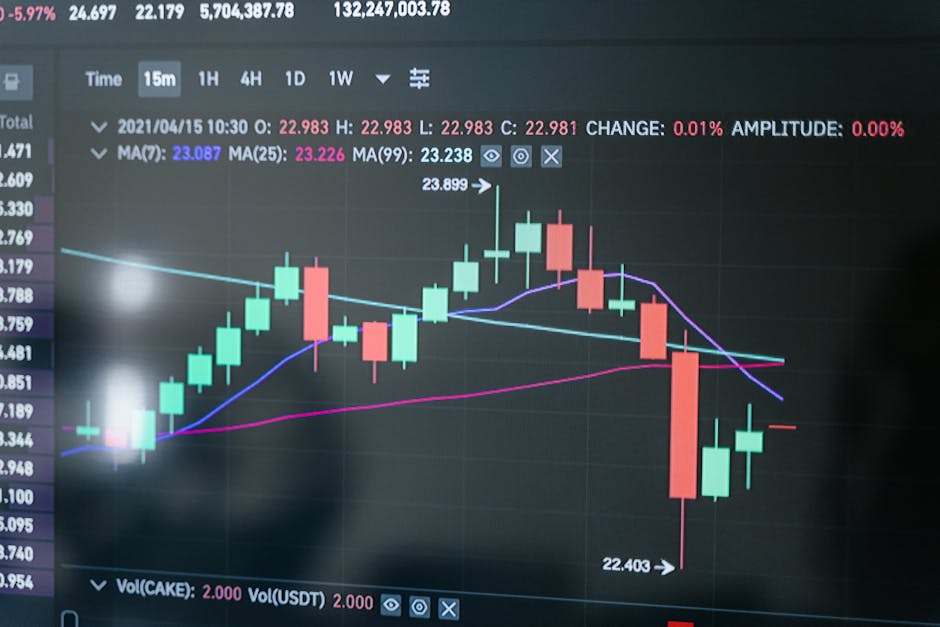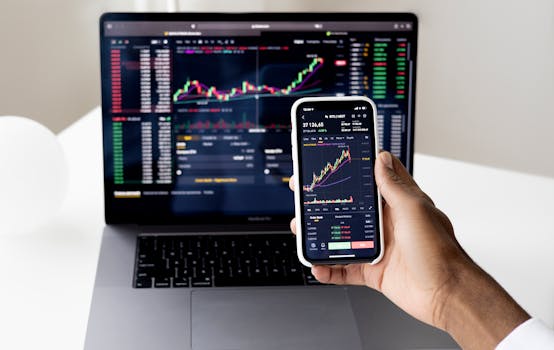As we approach September 2025, investors face a blend of seasonal patterns, elevated valuations, geopolitical risks, and shifting economic signals. These forces collectively heighten the prospect of significant market swings, demanding caution and strategy.
1. Seasonality and Historical Trends
- September Weakness
Historically, late summer through mid-fall—particularly August and September—poses challenges for the stock market. Since 1990, the S&P 500 has averaged a decline of ~1% in September, following a modest average drop of 0.6% in August . StoneX data also shows the VIX (volatility index) typically rises by ~8 percentage points during August . - Triple Witching
In mid-September, one of the year’s triple witching hours—when index futures, index options, and stock options expire—can inject elevated volatility into trading .

2. Elevated Valuations Boost Vulnerability
- Stretching Beyond Big Tech
The Dow recently hit record highs, fueled by gains from companies like UnitedHealth. According to RBC’s Lori Calvasina, traditional value sectors are thinning, making portfolios more fragile if sentiment shifts . - Optimism Versus Risk
Citadel Securities highlights that tech-heavy indices like the Nasdaq and S&P may be nearing seasonal peaks. This, coupled with low retail buying in August and a lull in corporate buybacks, could undermine momentum into September .
3. Correction Signals from the Street
- Goldman Sachs’ Warning
Goldman projects over a 10% chance of a market drawdown in the next three months, and over a 20% chance within a year, citing weakening business activity, soft job data, and inflation risks tied to tariffs . - Wall Street Forecasts
- Evercore ISI signals up to a 15% drop in the S&P 500.
- Stifel forecasts a potential 14% pullback.
- Morgan Stanley and Wells Fargo estimate around 10% downside risks .
4. Political and Policy Uncertainty
- Erosion of Institutional Trust
Barron’s warns that unconventional political influences—particularly over the Fed and economic institutions—could undermine confidence in U.S. assets and raise market volatility . - Tariff Aftershocks Persist
After the dramatic “Trump Slump” triggered by April tariffs, the market still grapples with lingering uncertainty. The U.S.-Canada-Mexico tariff dispute continues to threaten market stability and heighten volatility .
5. Mixed Economic Signals
- Macro Volatility Continues
Mid-year analyses by Nationwide and J.P. Morgan indicate that markets remain choppy—swayed by growth scares, central bank policy shifts, and ongoing tariff ambiguity . - VIX Elevated But Cooling
Equity volatility (VIX) peaked near 52.3 during tariff shocks, falling to just under 20—still above the 15-year average of 18.4 . - Bond Market Watch
Treasury yields remain elevated. Analysts expect the 10-year Treasury yield to hover between 4%–4.5%, ending the year around 4.35%, with only one Fed cut expected—perhaps in December .
6. A Breach from History: 1998 Parallels
Citrini Research draws eerie comparisons to 1998, noting:
- Record-setting S&P highs paired with low VIX, signaling complacency.
- Weaker market breadth—a smaller percentage of stocks staying above their 200-day moving averages.
- These align with pre-1998 correction patterns, where a 20% drawdown soon followed .
Strategic Takeaways for Investors
- Expect heightened volatility in September, driven by seasonal patterns, policy uncertainty, and stretched valuations.
- Prepare for potential corrections in the 10–15% range, as flagged by multiple Wall Street institutions.
- Reassess exposure to high-beta sectors (e.g., tech, AI). Consider tilting toward value, quality, or defensive holdings.
- Stay diversified, including international equities—global markets may offer relative resilience .
- Listen for Fed signals. Powell’s messaging and policy cues later this year could tip the balance .
- Adopt a balanced outlook: remain alert to downside risks, but positioned for upside if fundamentals improve.
Final Thought
September 2025 stands at a crossroads. A blend of seasonal pressure, lofty valuations, political uncertainties, and fragile market indicators suggest elevated volatility is more than just a seasonal blip—it’s a probable phase. Prudent investors should keep one eye on the exit and another trained on opportunities amid turmoil.
Shahab Alizadeh is the founder of MakingMoneyDIY.com, where he helps everyday people simplify investing, budgeting, and wealth-building. With over a decade in finance, he’s known for his honest, no-fluff teaching style that empowers DIY investors to take control of their financial future.
